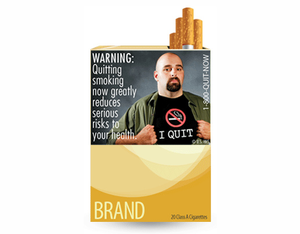
Nine bold warnings approved for display.
Tobacco labels are about to get a major makeover. The Food and Drug Administration (FDA) recently announced new rules requiring cigarette packages, cartons, and advertisements to contain graphic warning labels starting in September 2012. The rules specify that half of the surface area of packaging and 20 percent of that of advertisements will be required to feature one of nine warning labels, such as “Smoking can kill you” and “Cigarettes cause cancer.”
The rules follow FDA findings that smoking kills 443,000 Americans every year and costs the US economy almost $200 billion in lost productivity and medical expenses. The FDA estimates the new warnings will prevent 16,544 to 19,687 Americans annually from smoking.
The
Family Smoking Prevention and Tobacco Control Act of 2009 specifically requires the implementation of new cigarette warning labels that cover half of cigarettes’ packaging to discourage young persons from smoking. The Act also calls for the FDA to establish the Center for Tobacco Products to implement these new warnings. In November, 2010, the FDA
proposed thirty-six graphics for the labels. In announcing its final rule, it selected nine of those graphics.
Public reaction to the new warnings has ranged widely. Although critics perceive an overbearing “shock and awe” strategy, supporters argue that the graphic warnings will reduce smoking rates, which have not
changed since 2005.




